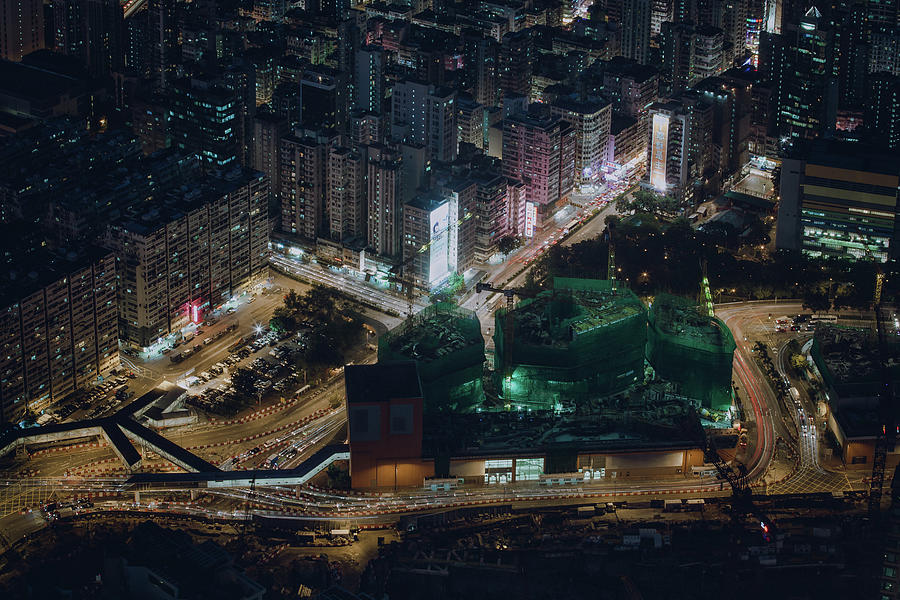


The 128-floor building is cylindrical, while the exterior curtain wall is a curved triangle forming a spiral. Thornton Tomasetti directed the structural engineering of the Shanghai Tower, with projects in over 150 countries, including the Jeddah Tower, in Saudi Arabia, which will rise at least one kilometer once completed. Among other projects, the firm is responsible for the Facebook and Microsoft headquarters and various airports in the United States. The skyscraper was designed by the Shanghai office of the American architectural firm Gensler, founded in San Francisco in 1965. Architects and engineers responsible for the Shanghai Tower It has 106 elevators that lead to one of the five garden atrium sky lobbies in the tower. This separation also enables the building to accommodate around 30,000 people, between office workers and guests, coming in and out every day.īelow there is a six-story podium with stores, a conference center, restaurants, cafeterias, direct access to a subway station and underground parking with a capacity for 1,800 vehicles. The team of architects decided to divide the services into areas of 12 to 15 floors.Įach one houses the electromechanical functions required by each program. The building is crowned by a 1,500-ton tuned mass damper, which reduces the perception of movement.

It has three programs or uses divided into nine zones: 70 floors for offices, 18 occupied by the hotel -the highest in the world, belonging to the operator Jin Jiang International Hotels- with an observation deck, a restaurant, a cafeteria and souvenir store. Construction of the Shanghai Tower began in 2008 and it used a construction method that consisted in dividing the different teams into specific areas (podium, curtain wall or tower) and based on the functions they needed to perform: fire protection design or sustainability. The Developer of the Shanghai Tower is Shanghai Tower Construction & Development. General information about the Shanghai Tower This group of skyscrapers provides the district with its characteristic and futuristic skyline. It is accompanied by other architectural icons such as the Oriental Pearl Radio & Television Tower (Shanghai Modern Architectural Design, 1994) or Jin Mao Tower (SOM, 1999). The proximity of the district to the borders of the Huangpu River, which crosses the Chinese city, meant, as we will see below, that the engineers had to design special foundations given the softness of the terrain. Lujiazui in the Pudong District, one of the most important financial districts in the world. Inaugurated in 2015, the Shanghai Tower is located in the financial and commercial area of Its spiral design is highly wind resistant, despite its height, and it is also earthquake resistant.
SKYSCRAPER FOUNDATION GOOD SERIES
And at 562 meters, its observation deck, open to the public, is the highest in the world.īut the most interesting feature of the skyscraper is that it utilizes a series of technologies to significantly reduce energy consumption. It also holds two more records: its Mitsubishi Electric elevators are the fastest in the world, with a speed of 18 m/s. Along with other design considerations, such as dampers or shock absorbers, a strong foundation ensures that skyscrapers can withstand even the strongest storms and earthquakes.Standing 632 meters tall, the Shanghai Tower is the second tallest skyscraper in the world, behind the Burj Khalifa in Dubai, at 828 meters and the highest in China. In areas with soft and poor soil conditions, the foundation system may require special rock anchors for countering uplift forces from wind or overturning from seismic events. As a result, the design of the foundation piles needs to take these forces into account.īedrock and soil conditions must be analyzed to determine the choice of foundation structure, including the type, and number of load bearing capacity footings. The movement of the foundation system can cause increased vertical loads on the structure, particularly on the outer piles. At the crown of a skyscraper, winds can reach speeds of up to 100 miles-per-hour. The lateral forces of wind, and subsequent movement of the foundation system, can be extremely dangerous. Modern mega-tall buildings, however, face space restrictions and unique design demands that require other solutions. Ancient architects, like those that worked on the pyramids, solved these problems by using wide foundation to spread the weight of the building over a larger area. Gale force winds and seismic activity are two major reasons skyscrapers are anchored into bedrock.


 0 kommentar(er)
0 kommentar(er)
